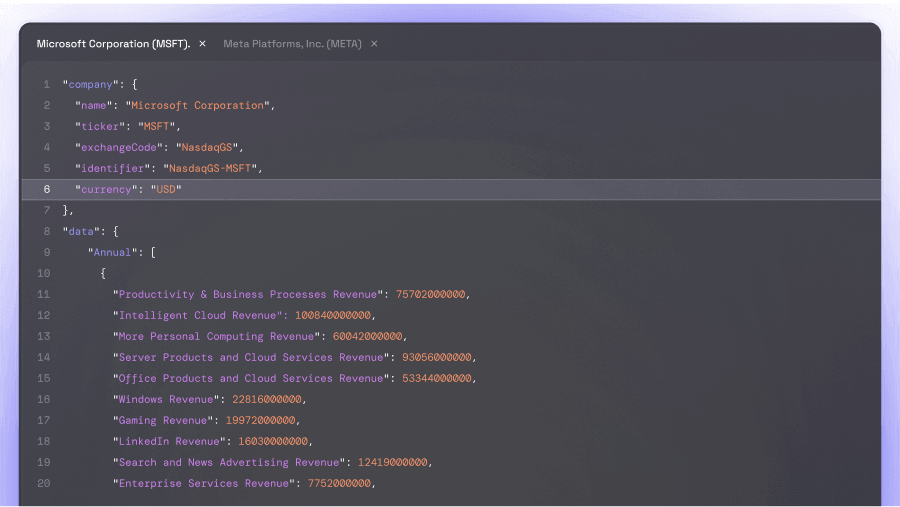What is Persistence One?
Persistence One (XPRT) is a specialized Layer-1 blockchain built on CometBFT, designed to support a diverse ecosystem of decentralized finance (DeFi) applications. Its primary objective is to unlock the liquidity of staked assets, a crucial aspect in the evolving DeFi landscape. By leveraging its expertise in DeFi, IBC interoperability, and security, Persistence One aims to deliver robust solutions for liquidity provisioning and yield generation through various DeFi protocols. At the core of Persistence One's innovation is its Bitcoin Cross-chain Swaps solution. This feature enables fast, zero-slippage, and secure swaps across Bitcoin Layer 2s, enhancing the interoperability and efficiency of transactions within the blockchain ecosystem. The platform's emphasis on security ensures that users can perform these swaps with confidence, knowing their assets are protected. Persistence One is distinguished by its commitment to IBC (Inter-Blockchain Communication) interoperability. This capability allows seamless interaction between different blockchain networks, fostering a more connected and efficient DeFi environment. By enabling cross-chain functionality, Persistence One increases the utility and accessibility of digital assets across various platforms. The platform's focus on unlocking staked asset liquidity addresses a significant challenge in the DeFi space, where assets often remain locked and underutilized. Through innovative DeFi applications, Persistence One provides opportunities for users to maximize the potential of their staked assets, driving greater value and efficiency in the market.














